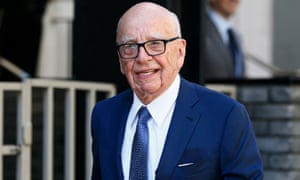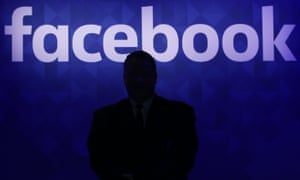1) Type up your feedback in full (you do not need to write mark/grade if you do not wish to).
WWW: Good references to Marxism and pluralism - balanced essay
EBI: Make more explicit reference to the question, especially in the intro/conclusion - rewrite these. Add a paragraphy on globalisation/americanisation and Paretos' law.
2) Read through the mark scheme. Pay particular attention to page 9 that has suggested content for each of the questions in Section A. How many of these potential points did you make? Did you successfully answer the questions?
Q1) 4/8
- Direct address of the “Who are you?” questioning
- Catchy soundtrack
- Use of text on screen
- universality of marriage
- Appeal to a range of audiences through use of different nationalities / ages etc.
- Contrast similarities in celebration/social ritual
- Viewpoint of photographer
- Fast editing
- One text creates the desire to own a product,
Q2) 3/12
- Identification with celebrity
- Response to lifestyle activities and celebration of choices
- Modification of audience behaviour
- Online identity and manipulation
- Creation of personal spectacle
- Pros and cons of social networks
- Increased opportunity for members of the public to control their own representations
Q3) 4/12
- Key to advertising/marketing revenue
- Growth of e-Media economy
- Illusion of empowerment
- Direct audience feedback
- Demographic targeting
- Cross media promotion
3) Now look at page 15 of the mark scheme. How many of the broad areas suggested by AQA did you cover in your Section B essay? Did you successfully answer the question?
L3 26/48
- A good essay, showing good critical autonomy.
- Proficient understanding of identity.
- A clear focus on the question.
- Good application of a range of media issues/debates/theories and wider contexts.
- A clear individual case study, with a range of examples.
- Well-structured and clearly expressed.
4) Read the Examiner's Report in full. For each question, would you classify your response as one of the stronger answers or one of the weaker answers the Chief Examiner discusses? Why? What could you do differently next time? Write a reflection for EACH question in the paper.
Q1) My answer focused more on the weaker side as i focused on fairly simple points of analysis, in some cases being limited to brief references to one or two media language and i did not engage with the specific wording of the question.
Q2) My second answer also was a weak answer as i focused on the unseen extracts that were shown at the start of the exam, and did not involve reference to additional media products. I therefore was limited in my ability to explore the range of technologies and platforms available to individuals when revealing their identity.
Q3) I made fairly simplistic points, often referring just to the presence of Twitter rather than exploring the implications of its use for media producers and audiences, or by only making passing reference to the opportunity for audiences to express a preference for a performer.
Q4) My answer for question four was both weak and strong. It is bang in the middle between the both. I focused on the development of Twitter, Instagram, Snapchat etc but then i made reference to just one or two examples which, while being largely relevant to the wording of the question, primarily argued that people have been empowered just because platforms such as Facebook and Twitter now exist.
5) Choose your weakest question in Section A and re-write an answer in full based on the suggested content from the Examiner's Report. This answer needs to be comprehensive and meet the criteria for Level 4 of the mark scheme. This will be somewhere between 3-6 well-developed paragraphs (depending on the number of marks).
Q2) 3/12
Personal identity is portrayed in the media in a number of ways. Nowadays, members of the public like to see themselves as higher up people in the media such as celebs. For example, young girls would love to be exactly like the famous Kylie Jenner - she's like a role model to them. Thus, their own identity is disappearing over time, due to being influenced by the elite. The same is happening with both genders. Males are also being influneced. For example, they want be to be muscular and 'buff' like e.g Taylor Laughtner.
Work on this during the lesson you are given your paper back but you will need to complete for homework.





